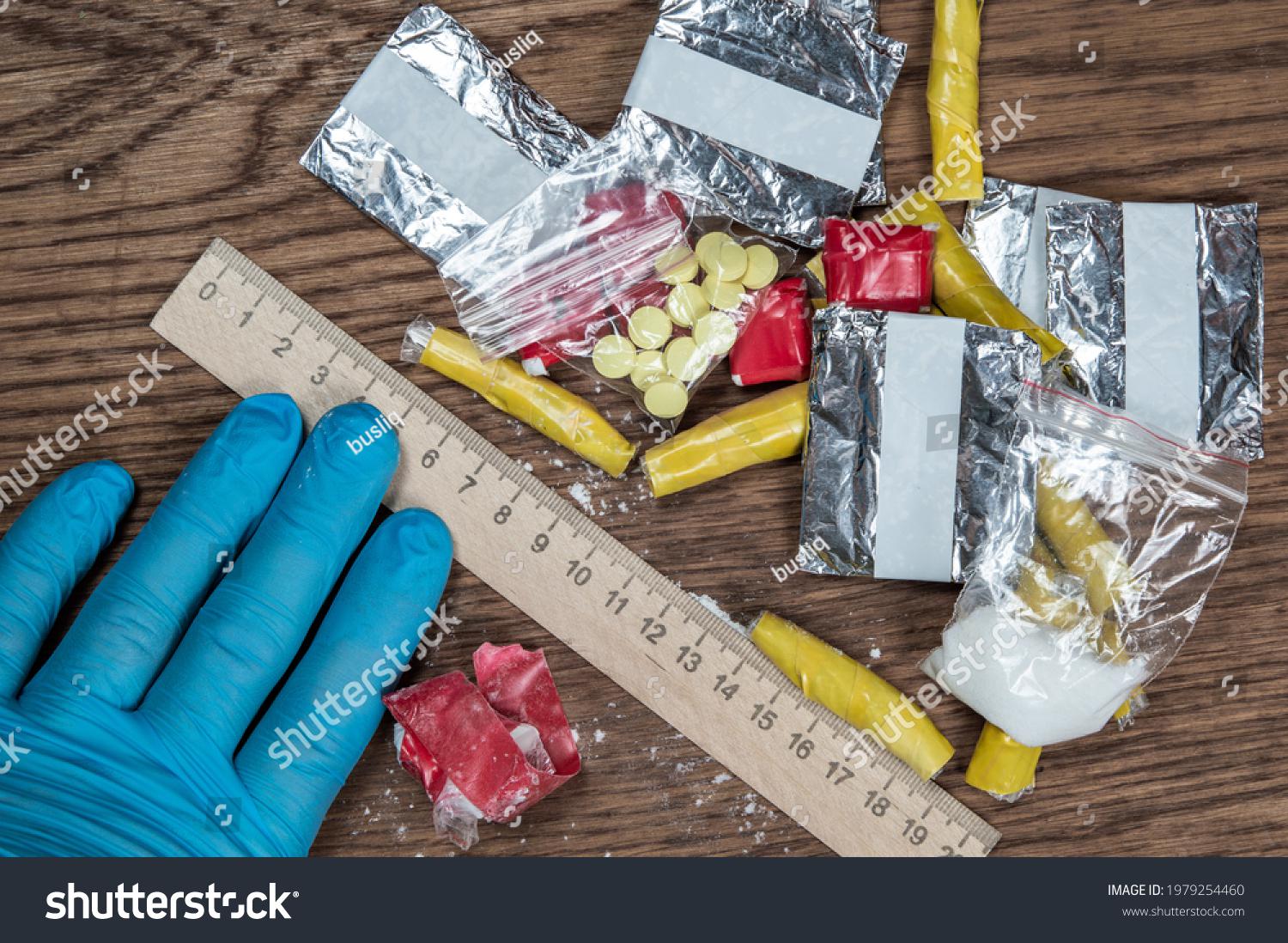
The opioid crisis continues to devastate communities across the nation, with fentanyl—a synthetic opioid up to 50 times more potent than heroin—at the forefront of this epidemic. While many overdoses are tied to intentional fentanyl use, an equally alarming issue is the unintentional contamination of other drugs with fentanyl. This contamination occurs when dealers unknowingly mix fentanyl into other substances due to residue left on shared scales, tables, or equipment. However, not all cases are accidental—some dealers intentionally add fentanyl to increase potency, leading to even more tragic consequences.
In many cases, dealers handle multiple substances—cocaine, methamphetamine, heroin, or counterfeit pills—using the same equipment without proper cleaning. Even a small amount of fentanyl left on a table or scale can contaminate other drugs. Given the extreme potency of fentanyl, this residue can be enough to cause a fatal overdose for someone who never intended to consume it.
For example, a user might purchase cocaine or another stimulant, unaware that it contains traces of fentanyl. This unintentional combination can lead to respiratory depression, overdose, and death. Dealers who are unaware of the contamination are inadvertently putting lives at risk.
While unintentional contamination is a significant issue, there are instances where dealers intentionally add fentanyl to other drugs. This is often done to increase the potency of the product, making it more addictive and, in turn, more profitable. In some cases, counterfeit prescription pills are pressed with fentanyl to mimic the effects of drugs like oxycodone or Xanax, deceiving users into thinking they are consuming something safer.
This intentional adulteration is especially dangerous because users often have no way of knowing the true contents of what they’re taking. For those who are unaccustomed to opioids, even a small amount of fentanyl can be fatal. This deliberate act by some dealers has contributed to the skyrocketing number of overdose deaths in recent years.
The combination of unintentional contamination and intentional adulteration has created a perfect storm of risk for drug users. Many victims never knew they were consuming fentanyl, and their families are left grappling with the sudden loss of a loved one. The potency of fentanyl means that even a tiny amount—equivalent to a few grains of salt—can cause an overdose. This makes both accidental and deliberate contamination equally deadly.
The fentanyl crisis is a complex and multifaceted issue that requires action from all sides. Whether the contamination is intentional or accidental, the consequences are the same—lives are lost, families are shattered, and communities are left grieving. By raising awareness, providing resources, and fostering compassion, we can work together to combat this epidemic and save lives.
If you or someone you know is struggling with addiction, reach out to support programs like Lantern Residences or local resources for help. Together, we can fight back against the devastating impact of fentanyl and create a safer future.